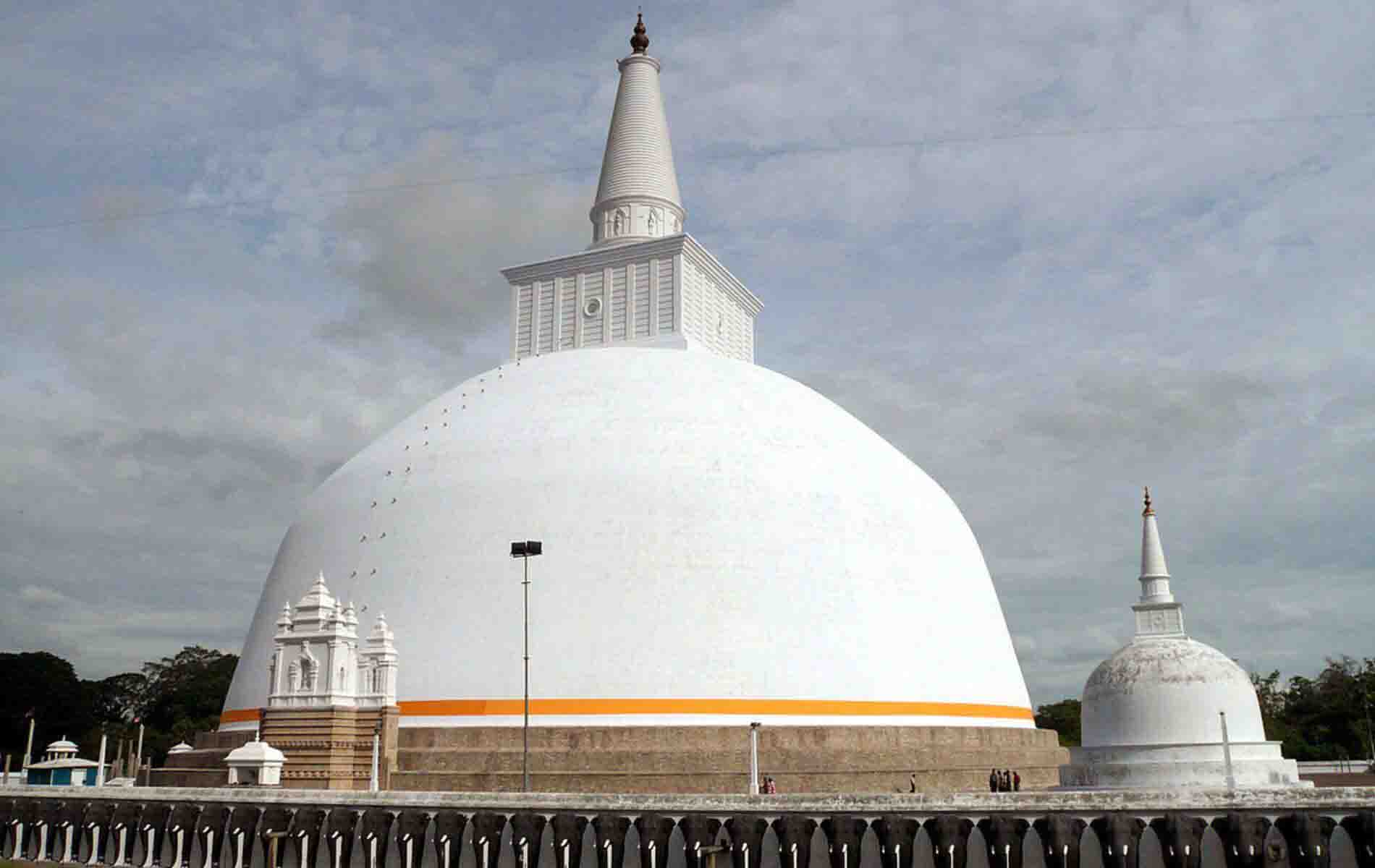The North Central Province of Sri Lanka, located in the heart of the island nation, is a region steeped in historical, cultural, and natural significance. Home to the ancient capitals of Anuradhapura and Polonnaruwa, it stands as a living testament to the country’s illustrious past, showcasing remarkable archaeological sites and religious monuments that are deeply intertwined with Buddhism’s growth in the region.
The province’s landscape is characterized by its expansive reservoirs, intricately designed irrigation systems, and a blend of lush greenery and arid terrain. This juxtaposition of natural elements highlights the province’s historical importance as a center of agriculture and innovation. With its rich heritage and vibrant landscapes, the North Central Province offers a captivating journey through time and culture, attracting visitors seeking to explore Sri Lanka’s profound history and awe-inspiring landscapes.
Anuradhapura, a city in the North Central Province of Sri Lanka, stands as a remarkable UNESCO World Heritage Site due to its profound historical and religious significance. Revered as a sacred city, Anuradhapura is renowned for its sprawling complex of well-preserved ruins, stupas, monasteries, and other religious structures that date back to over two millennia. As a hub of Theravada Buddhism, it features the sacred Bodhi Tree, believed to be a descendant of the original tree under which Buddha attained enlightenment.
The city’s vast reservoirs and intricate irrigation systems also stand as testament to the advanced engineering prowess of its time. Anuradhapura’s timeless charm draws pilgrims and history enthusiasts alike, offering a profound glimpse into Sri Lanka’s rich past and its enduring spiritual legacy.
Central to Anuradhapura’s cultural significance is the revered Sri Maha Bodhi tree, believed to have grown from a cutting of the Bodhi tree under which Siddhartha Gautama attained enlightenment to become the Buddha. This sacred tree has been an object of veneration for centuries, drawing pilgrims and visitors alike to its serene presence.
The sprawling monastic complexes of Ruwanweliseya,Abhayagiri and Jetavana reveal Anuradhapura’s role as a center of Buddhist learning and practice. The Abhayagiri Dagoba, an imposing stupa, and the Jetavanaramaya, one of the largest stupas in the world, stand as remarkable architectural achievements that continue to inspire awe.



Polonnaruwa, located in the North Central Province of Sri Lanka, is a historic city renowned for its archaeological and cultural significance. Once the thriving capital of the country between the 11th and 13th centuries, Polonnaruwa boasts an impressive collection of well-preserved ancient ruins, including intricately carved stupas, ornate palaces, and imposing Buddha statues. The city’s archaeological sites showcase a blend of Sinhalese, South Indian, and other architectural influences, reflecting its rich history as a prominent trading and religious center. Visitors to Polonnaruwa are immersed in a journey through time as they explore the remnants of this once-glorious city, gaining insights into Sri Lanka’s past while marveling at its artistic and architectural achievements.
The Gal Vihara, a cluster of rock-cut Buddha statues in various poses, is a prime example of Sinhalese rock carving artistry. These sculptures, hewn from granite, exude a sense of serenity and devotion, reflecting the profound spiritual ethos of the time.
Polonnaruwa’s Parakrama Samudra, an expansive reservoir and irrigation network, reflects the city’s advanced hydraulic engineering techniques. This system sustained agriculture, facilitated trade, and enabled the flourishing of urban life, underscoring the city’s strategic importance.



In the heart of the North Central Province lie the exceptional cities of Anuradhapura and Polonnaruwa, each with its unique narrative of historical eminence. These cities, with their majestic stupas, ancient monasteries, and masterful sculptures, offer a captivating journey through Sri Lanka’s past. The North Central Province, with its sacred Sri Maha Bodhi, the serene Gal Vihara, and the innovative Parakrama Samudra, stands as a living testament to the brilliance of ancient civilization. As visitors explore these archaeological gems, they are invited to connect with the spiritual essence and profound cultural heritage that continue to reverberate through the landscapes and monuments of this remarkable region.